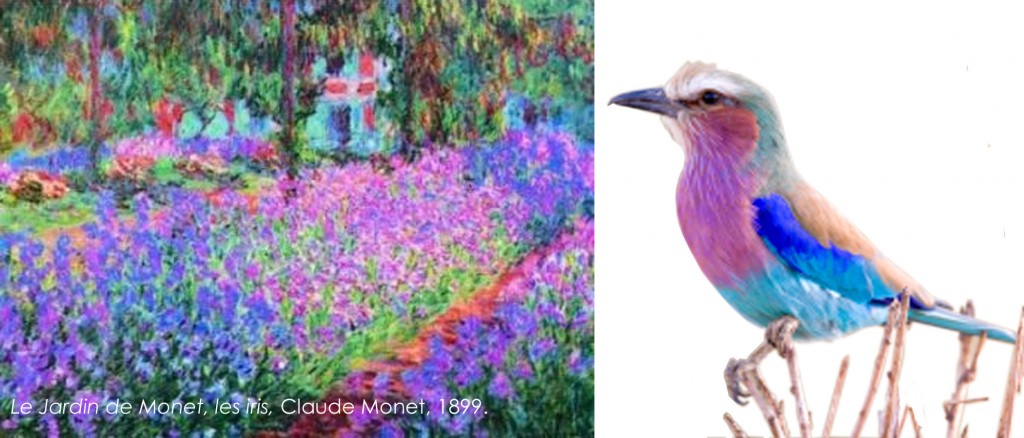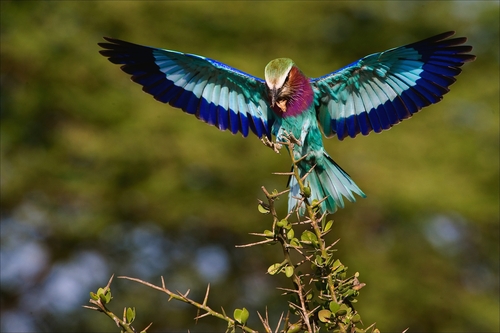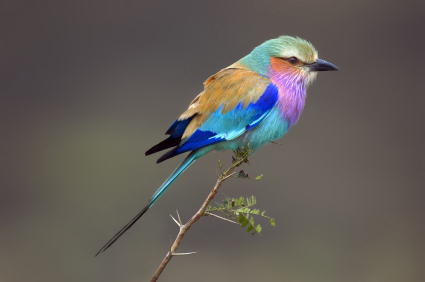As an art aficionado, with a background in art history, it should come as no surprise that I often connect things in the natural world with manmade works of art. To me, it is obvious why people, myself included, are fascinated and moved by the infinite number of inspirations found in nature.

- “Color is my day-long obsession, joy and torment.” Claude Monet
Aesthetically, the Lilac-breasted Roller is, without a doubt, my favorite bird. Though, historically this bird was certainly not the muse for the 19th century Impressionist movement, it appears as though it could have been. At the very least, it looks like Monet, himself, could easily have painted this feathered canvas using his warm, lively palette and quick, spontaneous brushstrokes.

- “I am following Nature without being able to grasp her, I perhaps owe having become a painter to flowers. ” Claude Monet
This is the bird I reference when I feel the need to explain my love for them, and the one I show to demonstrate how unexpectedly striking they are. To date, all individuals introduced to this beauty have been truly awe-inspired—I hope this week is no different!

- For me, one glimpse at the Lilac-breasted Roller triggers imagery of Monet’s brilliant brushwork and intoxicating color palette.
Common Name: Lilac-breasted Roller
Latin Name: Coracias caudatus
Range: Found throughout eastern and southern Africa.
Habitat: Open woodlands and grasslands, farmlands, and riverside areas.
Diet: Insectivorous. Feeds on grasshoppers, beetles, lizards, crabs, and small amphibians. On occasion, has been known to eat smaller birds.
Conservation Status: Least concern.
Five Colorful Facts about the Lilac Breasted Roller…
- Receives its name from an exciting courtship flight, which includes diving from a high elevation, with rocking and rolling motions, combined with loud, harsh calls.
- Believed to be monogamous.
- Partly migratory, but sedentary in some areas.
- Lives in pairs or small groups, but is often found perched alone.
- Males and females possess same coloration.
Hope this beauty adds a splash of color to your Monday!
Michelle












